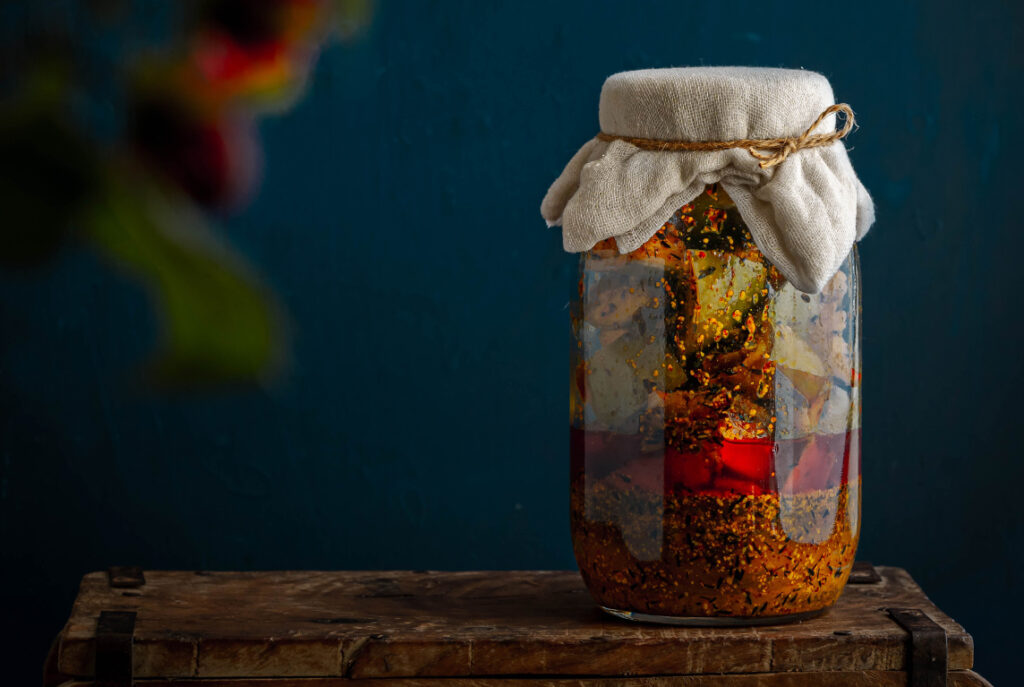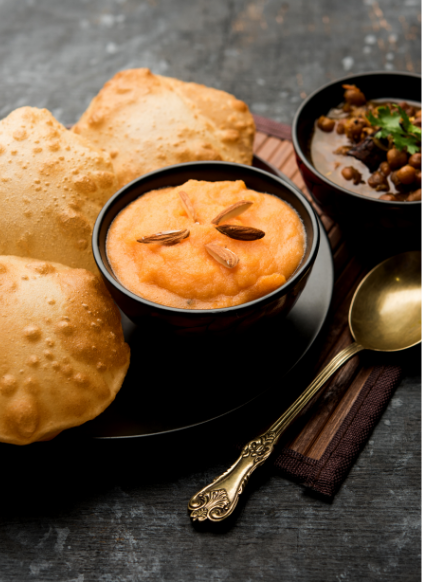Get Your Taste Buds Tickled: The 4000 Year Old Art of Achaar
Sometimes the flavor of a meal comes from the love and care the cook puts into it – The earthy burst of flavor in tarka daal paired with mildly warm steamed rice, bundled with the crunch of onion with cool cucumbers, and zesty pickles sending an electrifying sensation through your taste buds; now that’s what we call a meal!
Many of our childhood memories are linked to the most familiar foods our mothers put out on the table — The famous sideline of achaar will always ring a bell for a lot of people in the Subcontinent. As a sage person puts it; pickles were and still remain a well-loved condiment in most South-Asian households, much for its unforgettable piquant taste.
Fun fact; the condiment has an extensive history that spans up to 4000 years when it comes to preserving food.
Table of Contents
How Did Pickles Come Into Being?
The habit of preserving food and extending the time period of its consumption is as old a method as time itself, so that once a particular fruit, vegetable, or even meat was unavailable in the future upcoming months, could still be enjoyed despite its shortage.
Some of the earliest mention of pickled ingredients appears in a Chinese text that dates over 9000 years old, and this served as the food for distinguished emperors and even the peasants, commoners, and the general masses. It is even recorded that pickled vegetables sustained the workers that built the Great Wall of China, so it is evident that this method of preserving food is something that is common in all parts of the world.
India, however, really took to the pickling method, especially the one involving oil, and the variety is almost endless when it comes to the ingredients. Mangoes are certainly a favored pickle in India, Pakistan and even Bangladesh, specially the unripe mango as that provides the perfect amount of tartness. Other fruits are also pickled, such as apples, lemons, limes, vegetables, bamboo, and even chillies can be pickled.
While we can certainly appreciate the variety, it’s also important to note that each region is tied to a specific pickled condiment that speaks to that particular part on the map. For example, in the Northern parts of the regions, pickled ingredients usually involve seasonal vegetables, while shrimps and other meats are preserved in Indian places like Kerala and Goa.
As the world continued to expand, word quickly got around to European sailors on long sea voyages about the famous, tart pickles of India during the 17th century, and they bought jars of “Achaars” (Pickles) that spiced up their otherwise dry diet of biscuits and meat. Not only that, but studies have actually proven that pickles can be beneficial for our health and can even help with digestive problems. In particular, the lime is pickled with lots of different herbs that have medicinal properties and are rich in Vitamin C. The condiment even helped prevent scurvy which was a rising crisis for any seagoing nation and such fermented pickles acted as the probiotics that a human body needs.
But let’s be honest, nobody really eats achaar for its health benefits, do they? We consume it because it’s so delicious with its vibrant pops of colors, and strong tangy smell, with an endless amount of options, there really is something for everybody’s taste palette. The health benefits are just an added bonus.
Besides, have you tried it with Tarka Daal from Laree Adda? It is a match made in heaven.
What is The Pickling Method?
As American author, Rushworth Kidder puts it, ‘Good ideas, like good pickles, are crisp, enduring, and devilishly hard to make.
While each desi household has its own recipe of a fiery achaar, commonly made by mixing fruit or vegetable with salt and various spices, preferably during the hot summer days, the best achaars are a true test of patience.
The vegetables and fruits are salted and then dried out before being tossed in jars with the spices and the oil. These jars are then usually placed back into the sun for a period of time; this is so the intense heat can aid in destroying any kind of bacteria present.
This is where the real math comes in. The exact ingredient proportions, the quality of the ingredients used, and the amount of time it’s left out under the sun, all contribute greatly to the pickle’s taste quotient.
While pickle-making is a time-consuming process, one that cannot be prepared and served immediately. The process might seem simple with only a few steps, but getting the technique just right and not forgetting the necessary steps are essential to ensure quality!
If any amount of moisture gets left behind at the time of bottling the pickles, it could result in molding and ruin the entire jar. That is usually why most households in the Subcontinent have let go of the tradition of creating their own pickles from scratch, and instead purchase them from markets where all types of pickled food is readily available.
However, that’s not to say that all parts of the Subcontinent have given up on the tradition — Many rural areas of India and even Pakistan the pickle-making process continues to thrive as women gather together in groups to make achaars while singing and swapping stories. Careful attention to detail is given by everyone and the recipes from generations ago are sacredly followed.
“Our elders taught us to prepare the pickles honestly, and with caring hands,” shared a housewife from rural India. “Pickle-making is an art in our country, which almost every woman knows.”
We wouldn’t be surprised to find you daydreaming about tangy and tart foods while you’re reading this article, so let Laree Adaa provide you with an unforgettable experience when it comes to authentic taste. Whether you’re simply missing the food from home in the Subcontinent, or are a curious foodie looking to discover new and diverse tastes, we promise that Laree Adda has something for everybody.







